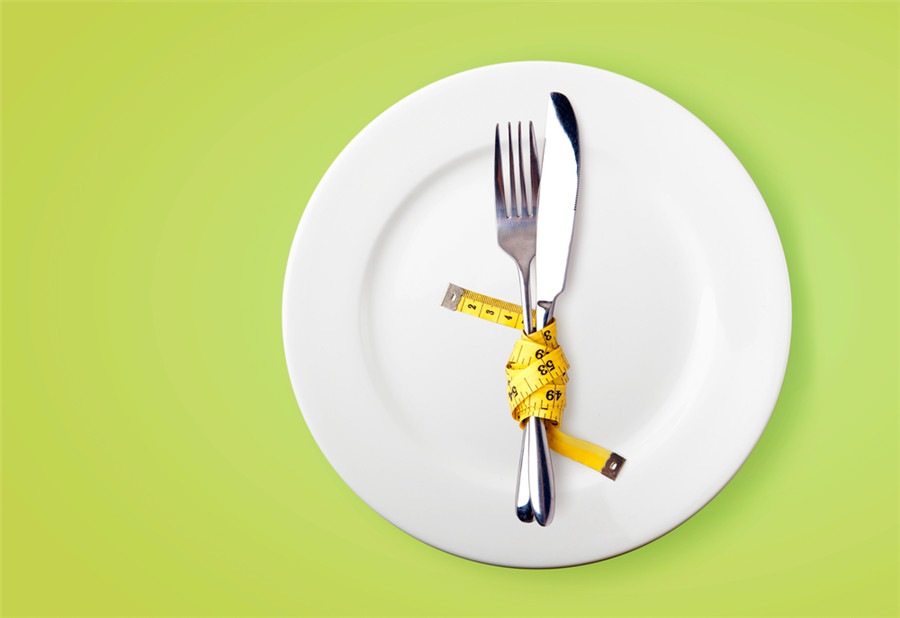
At the end of autumn and the beginning of winter, aquatic products from all over the country are on the market in large quantities. For gourmets, it is also a good time to eat all kinds of [fresh rivers, fresh lakes and seafood].
Scapharca subcrenata: the main culprit of hepatitis a outbreak
Diners living near the Yangtze River valley, For a long time, I have always liked such delicacies as clams and drunk crabs. Moreover, the method of eating clams in some areas of Jiangsu, Zhejiang and Shanghai is quite simple. Soak the clams in boiling water, then pry open the shell, add some seasoning to the half-baked clams meat, and eat them directly. Some even think that the clams with blood are the most delicious.
Only here, Dr. Huang would like to remind that this eating method is not hygienic and is easy to infect infectious diseases of digestive system such as hepatitis a.
The people of Shanghai must still remember the hepatitis a storm caused by clams in 1988. The outbreak lasted for three months, infecting nearly 300,000 people and killing 11.
Hepatitis a: Intestinal Infectious Disease Transmitted by Fecal-oral
Hepatitis a is an infectious intestinal disease with vomiting, diarrhea, liver damage and jaundice as the main symptoms caused by hepatitis a virus infection, and takes [fecal-oral route] as the main transmission route. That is to say, the feces of infected persons pollute water sources, food, vegetables, toys and so on, which can cause epidemics.
Water and food, especially aquatic shellfish such as clams, are the main contact routes for hepatitis a outbreaks.
In fact, the outbreaks of hepatitis a in Shanghai in 1983 and 1988 were all caused by the consumption of undercooked clams contaminated by feces.
Hepatitis a Virus: Hidden in Scapharca subcrenata Shell Not Killing
Hepatitis a virus is a microRNA virus, resistant to cold, heat, acid and alkali. In general, heating 100 ℃ for one minute can make hepatitis a virus inactive. However, some studies have found that even boiling for 45 minutes can not completely kill the hepatitis a virus in the body.
A large number of bacteria and hepatitis a virus adsorbed on the gills of clams can infect the digestive system, especially the liver, through the oral mucosa. Therefore, in order to avoid hepatitis a infection, please do not eat undercooked food, pay attention to the environmental hygiene of food preparation, and wash hands before meals and after defecation.
Hepatitis a Immunization: People aged 20-40 are susceptible to hepatitis a
Hepatitis a is generally susceptible in the population, that is to say, people of all ages can be infected with hepatitis a. However, in recent years, the high incidence of hepatitis a is between 20 and 40 years old. Why is this?
It turns out that infants within 6 months have immune proteins brought by their mothers and have immune ability. China suggests that hepatitis a vaccination should be carried out around the age of 1. This immunity can last for 20 years. Many people of the older generation have had [recessive infection] of hepatitis a in the past, that is, the virus has invaded the body but has not caused obvious symptoms and has certain immune ability. However, for people aged 20-40, the immune ability brought by the vaccine gradually dissipates and there is no previous [recessive infection], so they become susceptible people.
However, it should be noted that infants, the elderly and pregnant women have low immune function. Once infected, they are more likely to have severe hepatitis, and even may be complicated with pancreatitis, myocarditis, Guillain-Barre syndrome, immune anemia, etc.
Of course, hepatitis a is a self-limited disease. Most infected persons do not even have any symptoms. The virus can be removed by themselves, and the body can recover and obtain persistent immunity. Up to now, no chronic cases have been found, few severe cases have been found, and most patients have good prognosis.
Hepatitis a Infection: We Need Not Panic
Patients with acute infection of hepatitis a are the most important source of infection, but if the disease is cured, its infectivity is currently the longest observed 30 days after the disease. In other words, we can think that people who have been cured of hepatitis a for more than 30 days will not infect others.
In recent years, due to the improvement of public health, the application of hepatitis a vaccine and the attention paid to food hygiene, only the sporadic or small-scale epidemic of hepatitis a has occurred in our country. Therefore, we do not need to panic.
The health department should do a good job in the management of feces and water sources, the population should be widely vaccinated with hepatitis a, individuals should pay attention to food hygiene and develop good hygiene habits, which is the best way to prevent hepatitis a.
Finally, remind again. Scapharca subcrenata is delicious, but the eating method should be hygienic and thoroughly cooked to avoid [hepatitis a entering from the mouth].
Author: Huang Xian
